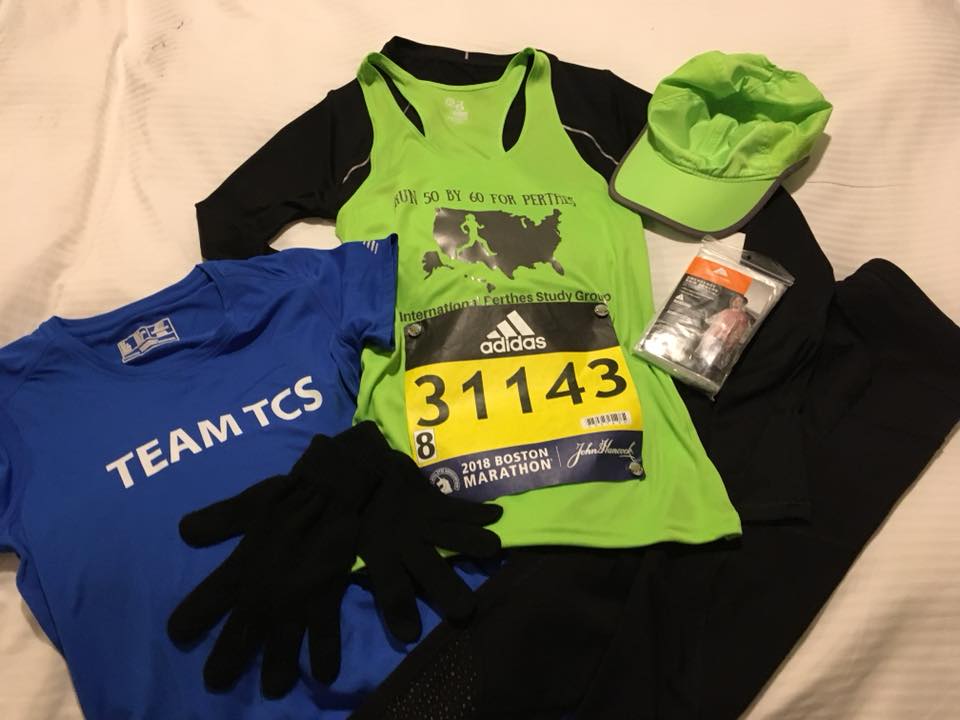Check out Dr. Kim & Earl Cole recorded facebook live event!
On February 8th, 2019 Dr. Harry Kim (from IPSG) and Earl Cole (Perthes Kid Foundation) hosted a facebook live event. Check it out HERE! A lot of interesting information about Perthes disease discussed!
New study demonstrates utility of ultrasound to evaluate hip containment in Perthes Disease
MRI and sonography in Legg-Calvé-Perthes disease: clinical relevance of containment and influence on treatment. Journal of Children’s Orthopaedics, 2018 October Jandl NM, Schmidt T, Schulz M, Rüther W, Stuecker MHF In a recent study, ultrasound measurements were correlated with magnetic resonance imaging (MRI) measurements to evaluate the utility in determing how contained the femoral head was in the acetabulum (hip socket). In Perthes disease, one of the goals of treatment is containment of the femoral head in the acetabulum. In children affected with Perthes disease, much of the femoral head is cartilage before it turns into bone. The difficulty in assessing the true amount of containment on xrays is that the cartilage of the femoral head is not visible on xrays. MRI clearly shows the hip cartilage, though there can be challenges with MRI including the need for sedation in young children, and cost. An advantage of ultrasound is that it is non-invasive, does not require sedation,
Hipvasc – A quantitative method to assess blood flow to the femoral head
Recently, several IPSG members travelled to Dallas to learn how to use Hipvasc, an imaging software developed for Perthes disease MRI measurements. Several centers are obtaining perfusion MRI scans of the hip in Perthes disease, which is a MRI protocol that specifically looks for how much blood flow to the femoral head is normal or
What are the limitations with Perthes and weight bearing?
This content is restricted to subscribers
Michele Rector: A Perthes Hero
This content is restricted to subscribers
IPSG on Facebook
[custom-facebook-feed carousel=”true”]
Video Archives
How do you choose between nonoperative and operative treatment for Perthes?
What is containment treatment for Perthes disease?
What are the limitations with Perthes and weight bearing?
Why are there such varied treatments of Perthes among doctors?
What are current studies being carried out by IPSG?
Are there any advancements in Perthes treatment?
How frequent are flare-ups in the fragmentation stage? How do you deal with them?
What does the future of Perthes look like?
Why did you join the IPSG?
What are we learning from IPSG?
What is the International Perthes Study Group?
IPSG Website Welcome
IPSG Community Live Stream
No Results Found
The page you requested could not be found. Try refining your search, or use the navigation above to locate the post.








 Subscribe to IPSG's Channel
Subscribe to IPSG's Channel